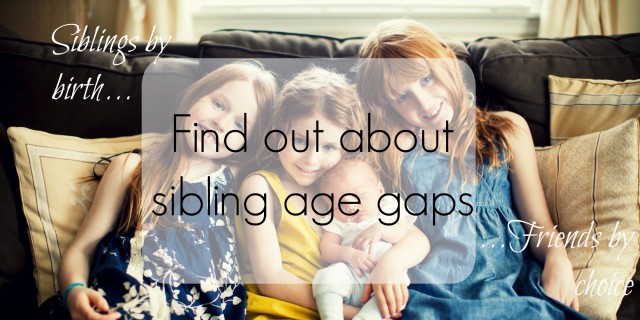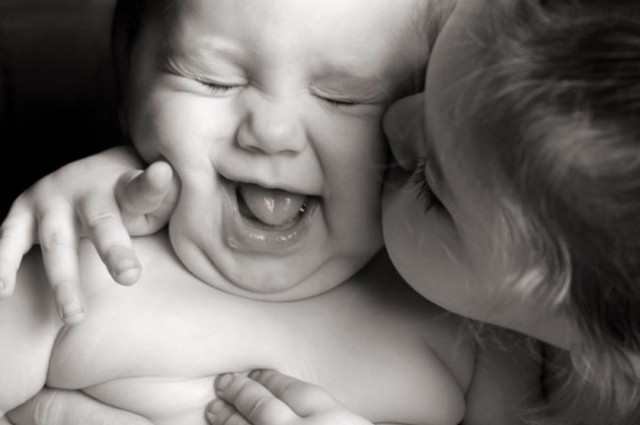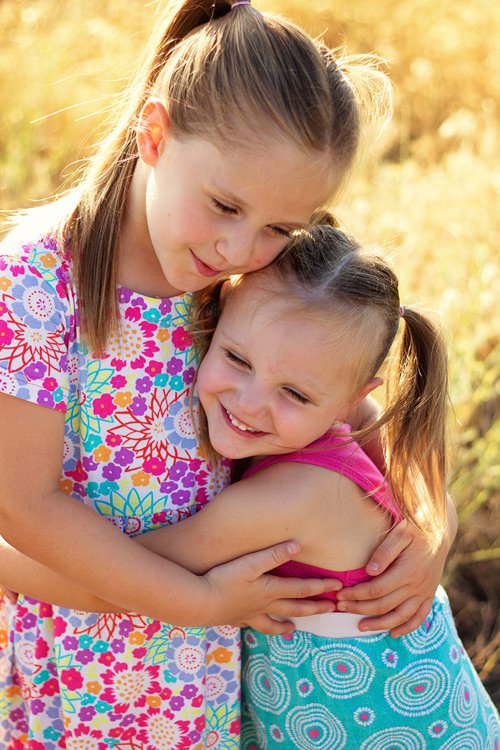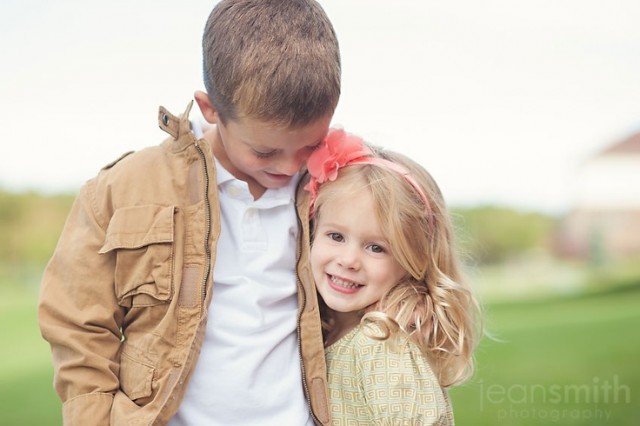It's said that siblings are the best presents a parent can give their child. Whether you think that is true or not, there are definite probabilities that come with having a sibling based on the number of years difference you are. Read the pros and cons to see if it applies to you and your family.
Pros and Cons that come with different sibling age gaps.
+Pros
- Most children are more creative as the age gap gets closer.
- Children are less likely to reject a new baby as they haven’t had an extended time of exclusive parental attention. Benefits go into adolescent years.
- Siblings play well together. Companionship goes up while rivalry goes down.
- It's financially easier as children go through the stages close together and can hand down equipment, clothes and toys.
- Girls tend to benefit intellectually while boys have the reverse.
- There is a lower risk of preeclampsia
-Cons
- Children born one year after a sibling are 3 times more likely to be diagnosed with autism as mothers can have lower levels of folate and iron and higher stress levels. These affect fetal brain development.
- Competitiveness leads to insecurity in younger sibling as they consistently do less well then older.
- The older child tends to be more self-critical throughout life because of a fear of rejection implanted when sibling was born.
- Studies suggest a mother is 18% more likely to mistreat her children if they are spaced this close.
+ Pros
- 47% less likely to have a preterm baby then with a shorter age gap.
- Children play well together.
- Firstborns show more self-reliance in dressing, toilet use and feeding.
- Shown to enhance older child’s math and reading abilities.
- Cons
- Sibling jealousy is worse then with a bigger or smaller gap as children are more ego-centric.
- Children with this gap are more will have a negative view of their parents and themselves then with any other spacing. A new baby hurts their self-esteem as they aren’t ready to share a parent have resentment toward the sibling.
- Newborn cries can distress a toddler as they are starting to develop empathy and still can’t understand that crying is normal for a baby.
- Almost two times as likely to have autism over children with a bigger gap.
3 year gap:
+ Pros
- Older children can more understand the difficulties of pregnancy.
- Children can be more involved in baby preparations and practice caregiving with a doll.
- Best age gap for baby’s health. Lower risk of being born prematurely, underweight or congenital anomalies.
- Older child has more of an established life and can fall back on consistencies when a new baby changes things.
- Older child is more independent and can entertain themselves for certain times.
-Cons
- Jealousy occurs as child sees that a new baby needs your attention but does not want to share you.
- Physical aggression is highest at this gap as child feels their security is threatened.
- Regression with toilet, baby talk and returning to comfort is strongest in this gap.
- More of a possibility that older child will bring home illnesses that are harmful to an immature baby immune system.
+Pros
- Optimal spacing for emotional and social development. Allows more one on one time with parents with less stress.
- Best for self-esteem of older child as they’ve had exclusive attention for years and are more secure and independent.
- Less chance of jealousy with intellectual maturity. No longer sees the baby as competition or a threat.
- Boys benefit intellectually from a bigger gap.
- Younger child is less likely to be diagnosed with autism.
- Best age gap to be able to show new baby the special attention similar to that given to the firstborn.
- Cons
- Children’s bond could be weaker as they have less in common.
- 4 time more likely to experience labor complications to a 2 year gap.
- If you have a history of postpartum depression, you’re at increased risk to have it again as the gap gets larger.





